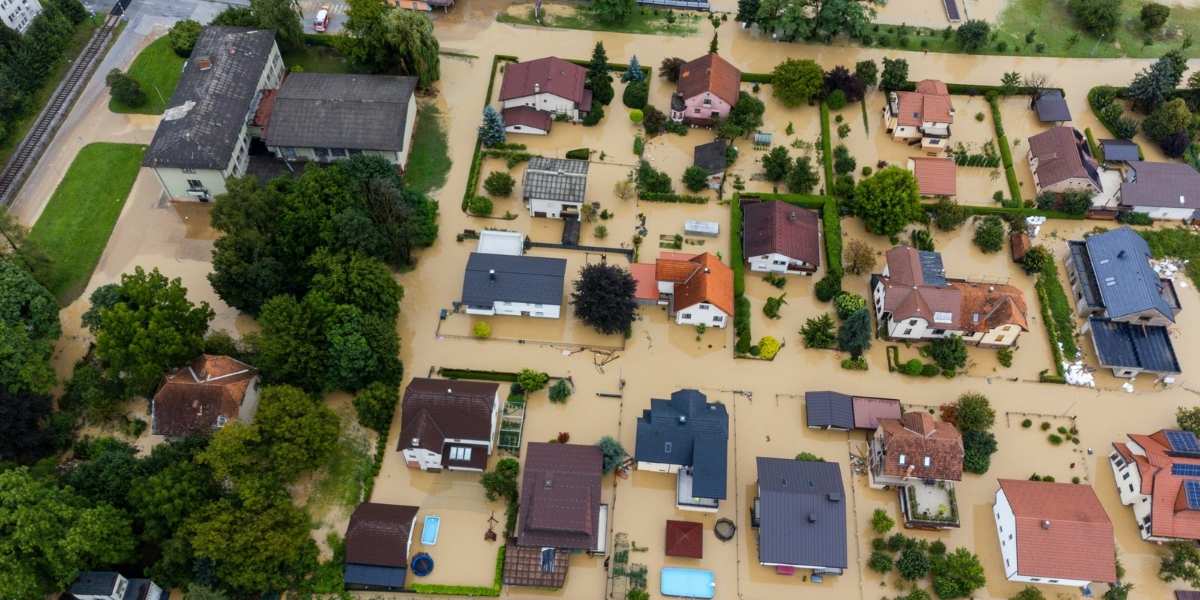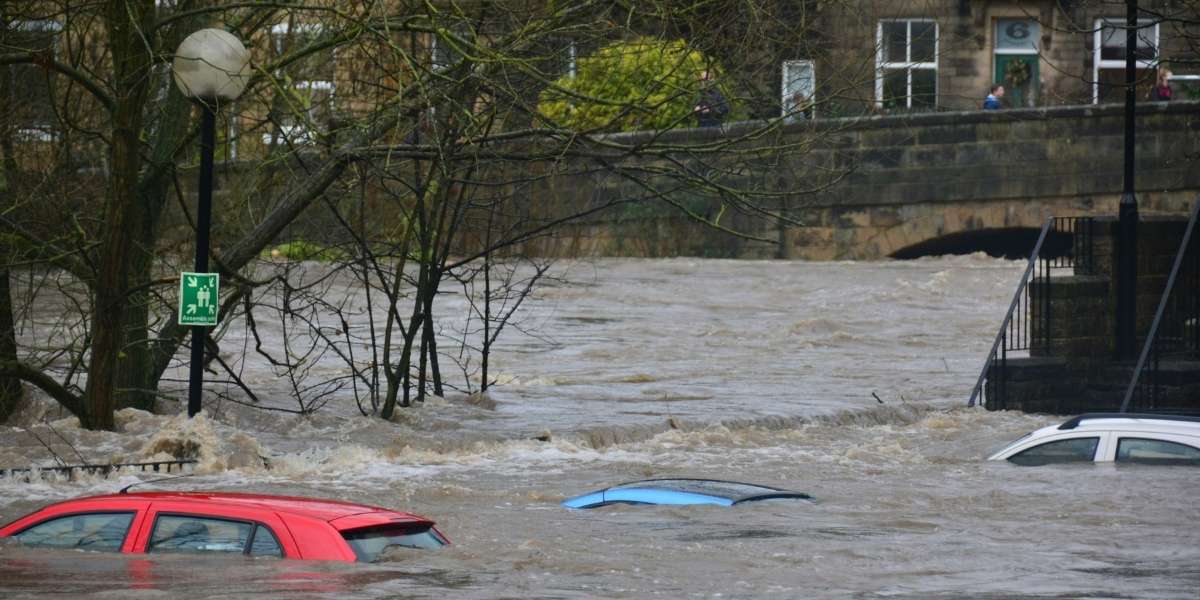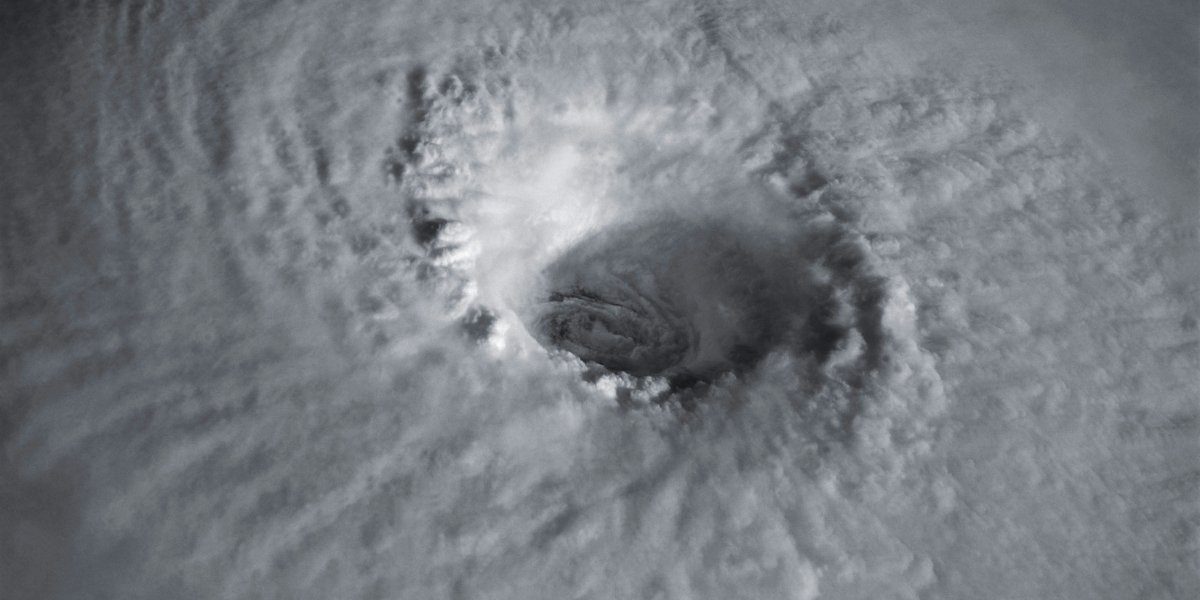Throughout its history, the United States has faced numerous natural disasters, yet few have left a more indelible mark than its most severe floods. These events, driven by relentless rains, powerful storms, or the catastrophic failure of infrastructure, have reshaped landscapes, displaced populations, and inflicted immense economic and social costs. Examining these historic deluges offers a somber but essential understanding of the forces of nature and the resilience required to rebuild in their wake. They serve as stark reminders of the vulnerability of human settlements to the overwhelming power of water.
Read Also: The Economic Impact of Bridges: Connecting Communities and Driving Growth
From bustling cities to vast agricultural lands, no region has been entirely immune from the destructive potential of widespread inundation. The sheer volume of water involved in these major flood events can overwhelm natural drainage systems and engineered defenses alike, leading to scenarios where entire communities find themselves submerged. The stories of these historical floods are not just about water levels and damaged property; they are also about the long-term ripple effects that permeate through society, influencing policy, engineering, and community development for generations.
What Were the Unforgettable Impacts of the Mississippi River Flood of 1927?
The Great Mississippi River Flood of 1927 stands as one of the most destructive river floods in American history, leaving an immense scar across the landscape and affecting millions of lives. Fueled by persistent heavy rainfall across the central United States, the river swelled to unprecedented levels, overwhelming levees and inundating vast tracts of land. At its peak, the floodwaters covered an area roughly the size of Massachusetts, spreading across multiple states from Illinois down to Louisiana. The sheer scale of the inundation was difficult for anyone to comprehend at the time, with water stretching for miles beyond the normal banks of the river.
The human cost was staggering; hundreds of lives were lost, and an estimated 700,000 people were displaced from their homes. Communities were submerged for weeks, or even months, leading to widespread homelessness and profound disruption. The economic impact was equally immense, with property damages estimated in the hundreds of millions of dollars at the time, equivalent to billions in current value. Agricultural lands, the lifeblood of many affected regions, were devastated, leading to long-term economic hardship for farming communities. This event also brought about significant changes in federal flood control policy, emphasizing the need for a more coordinated national approach to managing the nation’s largest river systems.
How Did the Galveston Hurricane of 1900 Devastate a Flourishing City?

While primarily a hurricane, the Great Galveston Storm of 1900 delivered a catastrophic flood event that remains the deadliest natural disaster in United States history. The city of Galveston, a bustling port and resort island off the Texas coast, was essentially at sea level, making it highly vulnerable to storm surge. When the Category 4 hurricane made landfall, it brought with it a massive wall of water, estimated to be between 8 to 15 feet high, that completely engulfed the island. The storm’s powerful winds combined with the surge to create an unimaginable scenario, sweeping away thousands of structures and lives.
The loss of life was immense, with estimates ranging from 6,000 to 12,000 fatalities on Galveston Island alone. Entire families perished, and the city’s infrastructure was virtually obliterated. The storm surge washed away homes, businesses, and public buildings, leaving behind a landscape of utter destruction. The economic impact was immediate and long-lasting; the city’s commercial prominence declined significantly after the disaster, with trade shifting to inland ports. In the aftermath, Galveston embarked on an extraordinary feat of engineering, raising the entire grade of the city and constructing a massive seawall, a testament to resilience in the face of unparalleled devastation and a direct response to the impact of the floodwaters.
What Lessons Emerged from the Johnstown Flood of 1889?
The Johnstown Flood of 1889 is another harrowing example of the catastrophic power of water, brought about by a combination of extreme rainfall and a critical engineering failure. On May 31, 1889, after days of heavy precipitation, the South Fork Dam, located upstream from Johnstown, Pennsylvania, dramatically failed. An estimated 20 million tons of water, equivalent to the volume of Niagara Falls, roared down the valley in a massive, fast-moving wave, obliterating everything in its path. The destructive force of this wave was immense, carrying debris, locomotives, and houses.
Within minutes, the flood reached Johnstown, a thriving industrial city, leading to widespread destruction and immense loss of life. More than 2,200 people perished in the disaster, making it one of the deadliest floods in American history. The flood also caused widespread property damage, devastating homes, businesses, and the vital industrial infrastructure of the city. Beyond the immediate devastation, the Johnstown Flood ignited national discussions about engineering responsibility, infrastructure safety, and the accountability of those who manage such structures. It highlighted the profound consequences that can arise when natural forces combine with human-made vulnerabilities, leading to lasting shifts in public awareness and engineering practices.
How Did Hurricane Katrina’s Flooding Impact the Gulf Coast and New Orleans?

Hurricane Katrina in August 2005 unleashed a flood disaster of immense proportions, particularly devastating the city of New Orleans and vast stretches of the U.S. Gulf Coast. While Katrina was a powerful hurricane, the most catastrophic damage in New Orleans resulted from the widespread failure of its levee system, which allowed massive storm surge waters to inundate approximately 80% of the city. This widespread flooding, in many areas reaching depths of 10 to 15 feet or more, trapped residents and led to a humanitarian crisis.
The human toll was tragic, with over 1,800 fatalities attributed to the storm and its aftermath across multiple states, primarily Louisiana and Mississippi. Millions of people were displaced, leading to one of the largest mass migrations in American history. The economic impact was staggering, with total damages estimated at over $125 billion, making it the costliest natural disaster in U.S. history. The long-term effects included widespread property destruction, extensive contamination, and profound social disruption, particularly in New Orleans, where decades of community life were upended. The flood exposed critical vulnerabilities in infrastructure and emergency preparedness, prompting massive federal investments in rebuilding and flood protection.
What Enduring Lessons Do America’s Historic Floods Offer?
The historical record of America’s worst floods provides invaluable lessons about the profound and lasting impact of these natural disasters. They demonstrate how water, while essential for life, can become an overwhelmingly destructive force when uncontrolled. These events highlight the intricate relationship between human development and natural systems, emphasizing how efforts to manage rivers or settle in vulnerable coastal areas can lead to immense challenges when nature asserts its power. The economic consequences, ranging from immediate property damage and agricultural ruin to long-term business disruption and infrastructure costs, are often colossal, requiring decades for full recovery.
Read Also: Agroforestry: A Pathway to Sustainable Farming and Biodiversity Conservation
Beyond the financial toll, the social and human impacts are equally significant. Loss of life, displacement, psychological trauma, and the fragmentation of communities are common threads woven through the narratives of these disasters. Yet, these stories also showcase extraordinary resilience. They reveal how communities mobilize in times of crisis, how innovation in engineering and policy emerges from tragedy, and how people ultimately rebuild and adapt. Understanding these historical flood events encourages continuous learning and adaptation, urging ongoing efforts in preparedness, robust infrastructure development, and informed land use planning to mitigate the potential for future devastation and protect vulnerable populations.








